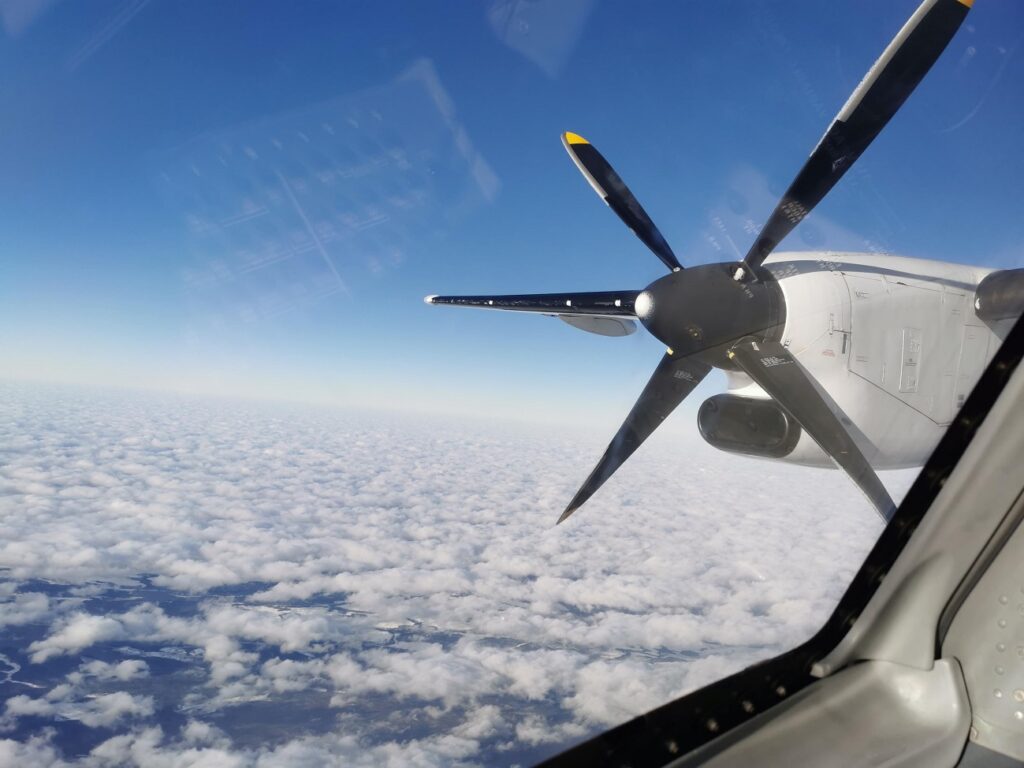
All planes can glide without engines. Theoretically, the plane can still land perfectly. However, your survival chances really depend on the availability of a landable area within glide reach.
Many jets have glide ratios of up to 15 or even more. This means that with 10 km (36 000 ft) of height it could reach airports over 100 km away (actual value will also depend on the performance of the aircraft during the likely fast descend to an altitude where sufficient air is present to solve the loss of cabin pressure associated with the loss of both engines).
Now your chances will also depend on the type of airplane. Smaller jets can land on shorter runways or even grass strips while slowing down jumbo jets requires way more space and is even perillous on normal runways when the thrust reversers and spoilers are not working.
Altitude plays an important role. The flight that landed in the Hudson (US Airways Flight 1549) lost its engines during take-off and was still relatively low, too low to return to the airport (when including the necessary turns). In most cases, one could easily say that it’s better to lose both engines at FL360 than to lose them at very low altitude (unless the loss of power is the result of something worse like severe fire). This (in general) gives the flight crew more options and more time to find, prepare and properly execute the better one.
Your chances will also depend on weather conditions. During weather with good visibility, there might be more options to land an airplane with limited damage, for instance in a field. Hard instrument conditions require well-equipped airports, and even these do not anticipate the glide slope of a jet without engines.
Then your chances will depend on the capabilities of the flight crew to adapt to the unknown since landing without engines is not part of normal training in many large jets. And even if an airport is available within glide range, it might not be ideal for large jets: e.g. the Gimli glider (Air Canada Flight 143) landed on an old airbase which had an event at the time of landing. A nice anecdote is that the pilot was a glider pilot and used to gliding.
So your chances mainly depend on external circumstances at the time of occurrence. For instance, in the middle of an icy ocean, your odds are different than over a country with an airport every 50km.
To conclude on a positive note: historically, the statistics show that you have more chance to survive than not to survive.
Author – Christophe De Wagter





